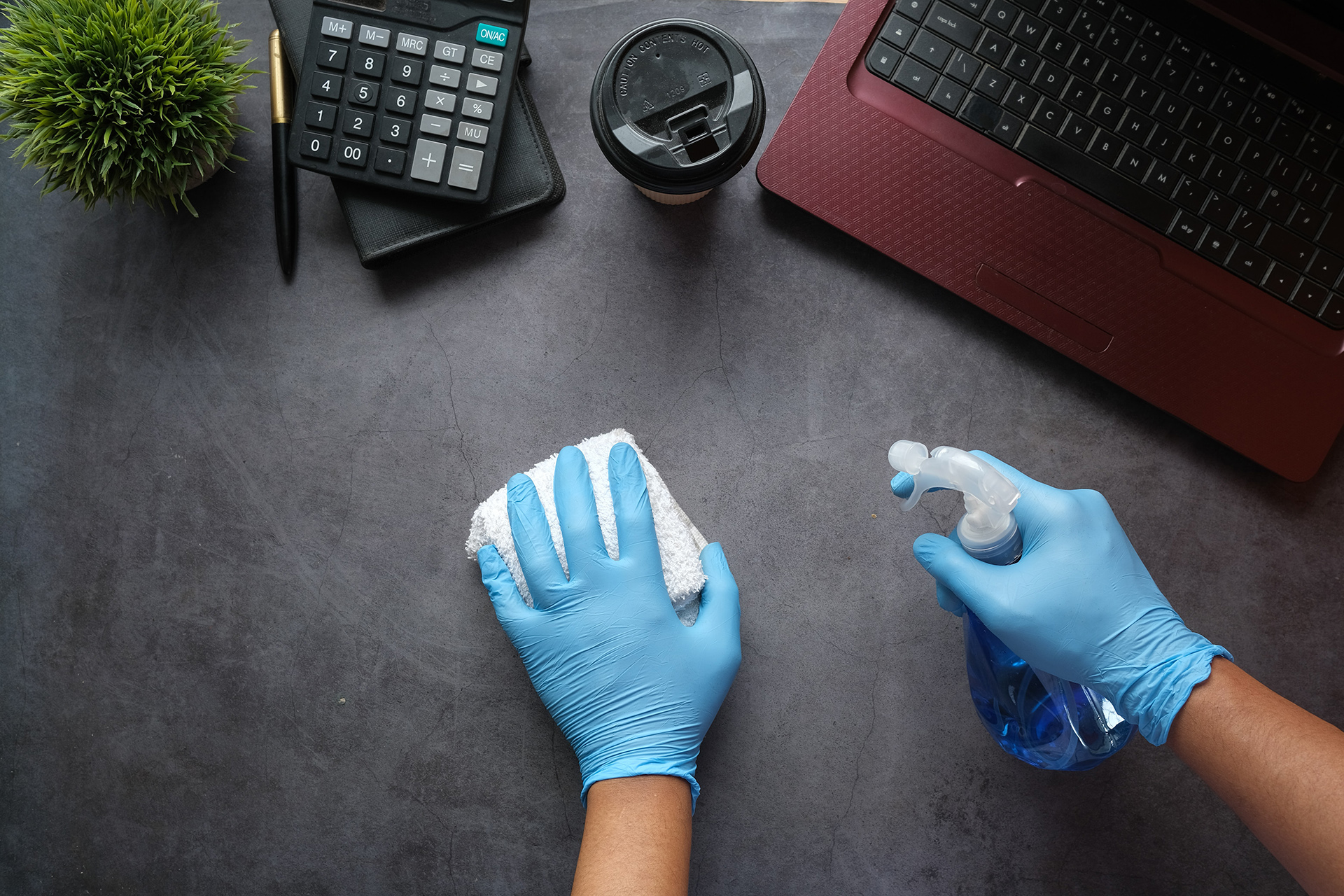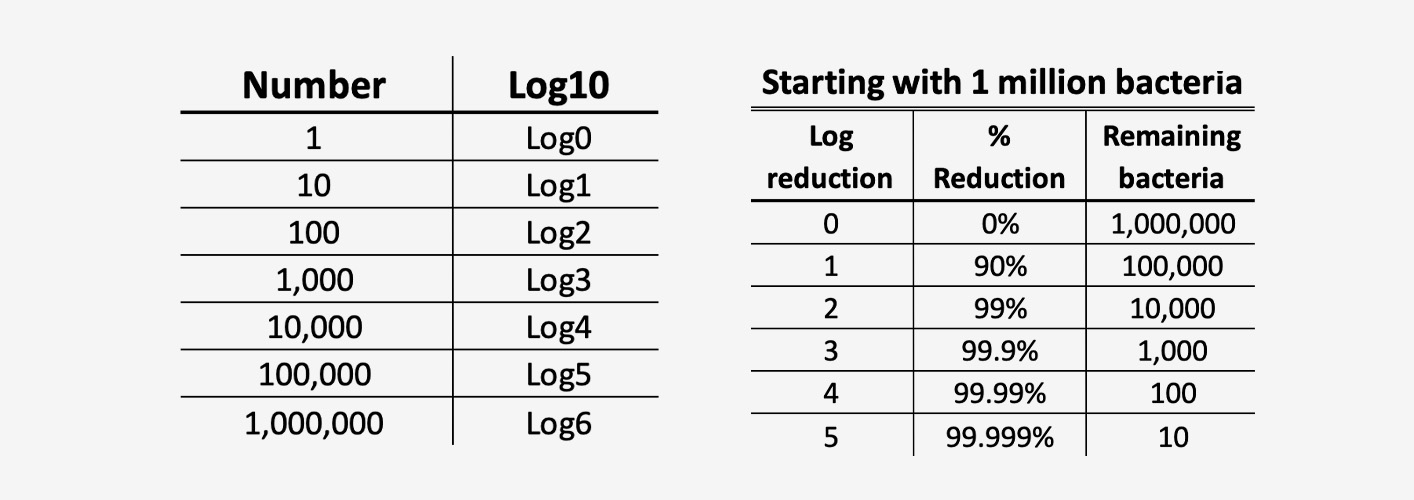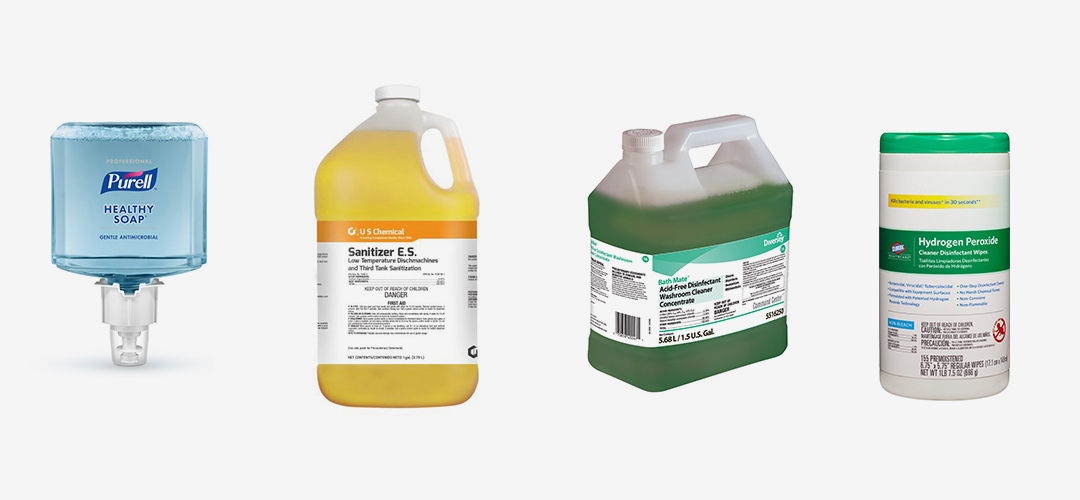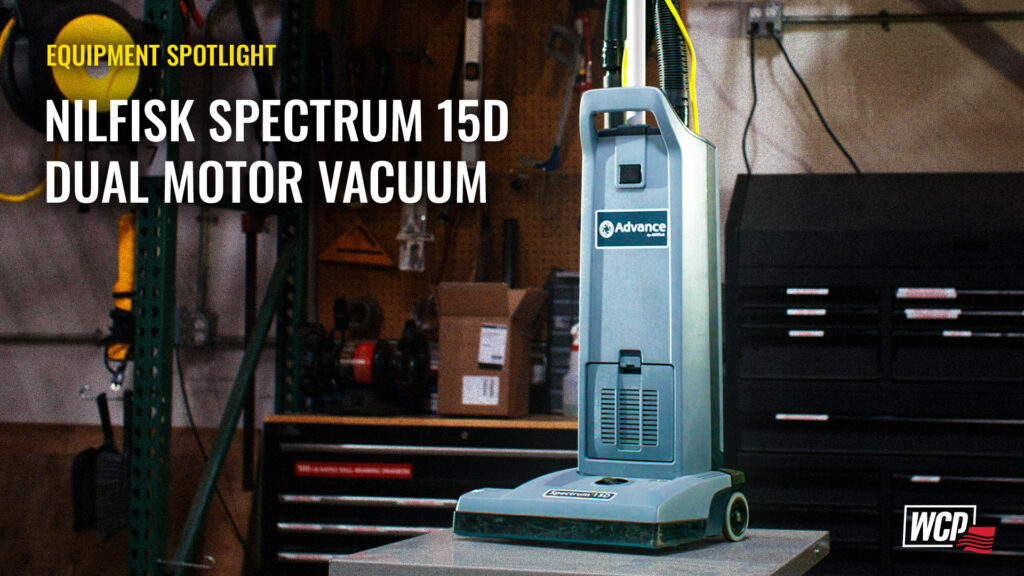Disinfecting Versus Sanitizing? What’s the Difference?!
What is the Difference Between Disinfectant and Sanitizer?
No matter how hard we try to avoid it, germs are a part of our daily lives. They live on our phones, our steering wheels, in the restrooms we use, and every other nook and cranny. Because germs are unfortunately everywhere and it’s currently cold and flu season, it is even more important that we regularly clean, sanitize, and disinfect our spaces. By doing this, it will help us, and those around us, from spreading unwanted germs and viruses. But when we look at cleaning our spaces, “sanitizing”, “disinfecting”, and “cleaning” do not all mean the same thing. In reality, they differentiate what is being removed or killed after surface application and it’s important to understand the differences. Here we break down all you need to know about the difference between disinfectant and sanitizer.
- Sanitizing: When you sanitize a surface you are killing the bacteria on it using chemicals. However, sanitizing is not meant for killing viruses.
- Disinfecting: When you are disinfecting a surface, you are killing both bacteria and viruses with chemicals. Common disinfecting chemicals are quantarium ammonia and hydrogen peroxide-based chemical solutions, and there are also some with bleach and alcohol. Just remember, in order to disinfect properly, make sure to follow the instructions on the bottle.
- Cleaning: When you clean a surface you are only removing some of the dirt, residue, and/or other organic material using either soaps or detergents and water. Cleaning removes some of the germs, however, the remaining germs can still cause you to get sick.
*Note: For all cleaning, sanitizing, and disinfecting chemicals, follow the directions on the bottle for dwell time to assure proper outcome. Dwell time is the amount of time it takes for the solution to dry in order to properly kill or remove bacteria and germs. Think of it like the period of time you need to wait before getting wet after applying sunscreen. If you get wet before the suggested “dry” time, you risk being outside without proper sun protection.
Disinfection and Sanitization Log Kill
Have you ever wondered what the difference is between “kills up to 99.99% of germs” and “kills up to 99.999% of germs”? The difference comes down to having different log kills. A log kill states how many germs, viruses, and/or microbes are left on a surface after solution application. As seen in the chart below, the difference between “99.9%” and “99.999%” is if there are 1,000 germs or 10 germs remaining after application.
When you are sanitizing and disinfecting, also keep in mind that both have different log times. Therefore, there will be a different number of remaining microbes. Sanitizers can have a log of 3, but to be labeled as a disinfectant it needs a log of 4 or 5.
What Items Should You Clean and Disinfect?
A good rule of thumb to follow is to clean and disinfect any high-touch surfaces at least once a day, including any surfaces you come into contact with often, such as your phone, your keyboard, counter tops, and doorknobs. Health experts suggest you sanitize your phones at least once a day and you should get in the habit of wiping down your personal keyboard once a week. It is also recommended your steering wheel get cleaned once a season but more during the cold and flu season.
What to Keep in Mind When Using Cleaning Chemicals
- Follow storing and usage instructions on the containers.
- Do not mix chemicals unless the bottles say it is safe to do so.
- Wear gloves if the bottle instructs you to do so when using.
- Keep products away from children.
- Do not inhale or digest.
Learn More
Here at WCP, we can help you choose the right cleaning products to help keep your business germ free. Click here or contact your local WCP account manager or customer service team to learn more. We’d be happy to set up a consultation to discuss the different cleaning products and machinery to meet the goals of your business. Give us a call today at (877) 398-3030.
–
Source: United States Environmental Protection Agency , Log Reduction, and Medline Plus




